
As the weather warms up and the days grow longer, your lawn will start growing more rapidly again. Spring is an important time for lawn care, no matter what type of grass you have planted. If you aren’t sure where to start with your spring lawn care, then this is the guide for you. We’ve compiled our five favorite spring lawn care tips to help you revitalize your grass.
From seeds to weeds, these tips will help you plan your routine and get back into the swing of things, so you can have the happy, healthy lawn of your dreams.
Check your equipment
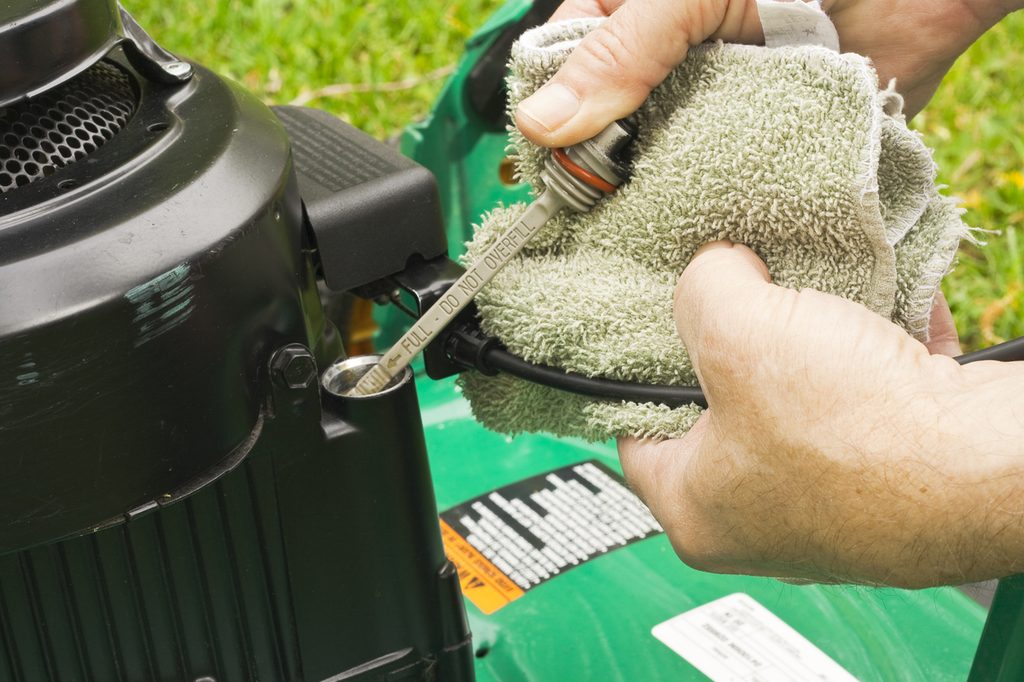
Before you get started with lawn maintenance, make sure all the equipment you need is ready to go. Clean your tools to prevent rust or bacteria from damaging your equipment or your plants, and check them thoroughly for signs of damage. Now is a good time to repair or replace any tools that might need it. You should also complete any other basic tool maintenance, such as oiling joints, refueling motorized equipment, and charging the batteries of any battery-operated tools.
Checking your equipment before getting started ensures you won’t be facing any nasty surprises when you actually start your spring lawn care. It can be frustrating to plan a day to start your lawn care routine, only to have faulty equipment stop you, so make sure everything is taken care of beforehand.
Dethatch your lawn
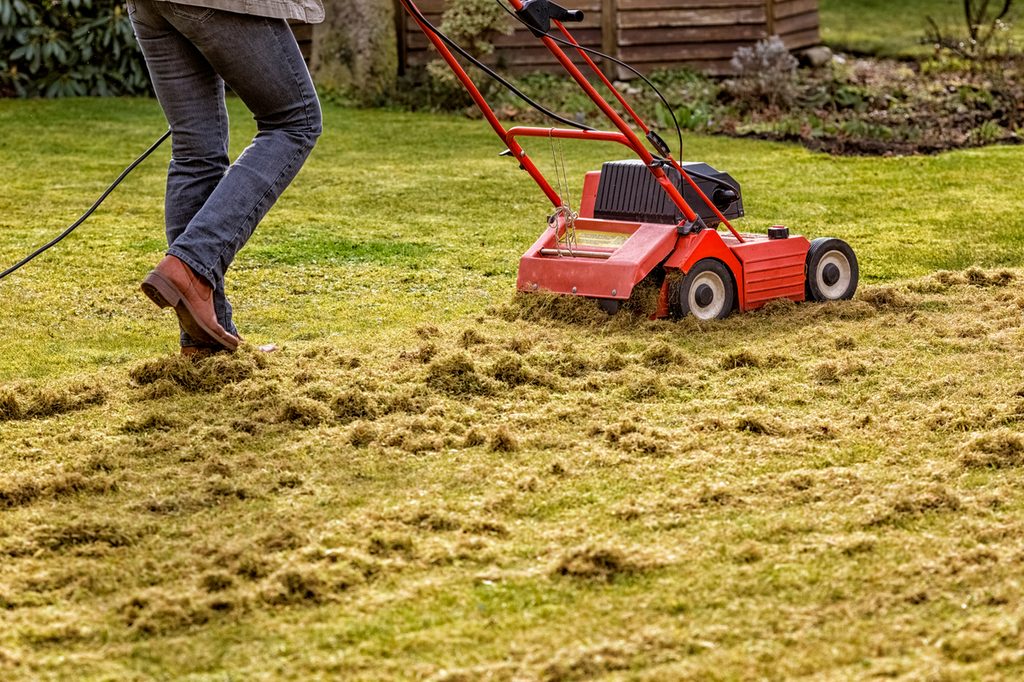
The first thing to do is remove all the thatch that built up during fall and winter. Thatch is a layer of dead grass that, instead of breaking down, has been compacted into a tight mat. All lawns have some amount of thatch, but too much can restrict the grass’s growth and prevent water, seeds, fertilizer, and other such things from reaching the soil.
There are dethatchers that you can purchase or rent to help in removing this layer, which are useful if your lawn has a thick or stubborn thatch layer. However, you could dethatch your lawn with a garden rake. The tines of the rake will scrape the thatch, pulling it up. While it may not be as fast as a dethatcher, it is often the more affordable and accessible option.
Reseed your lawn
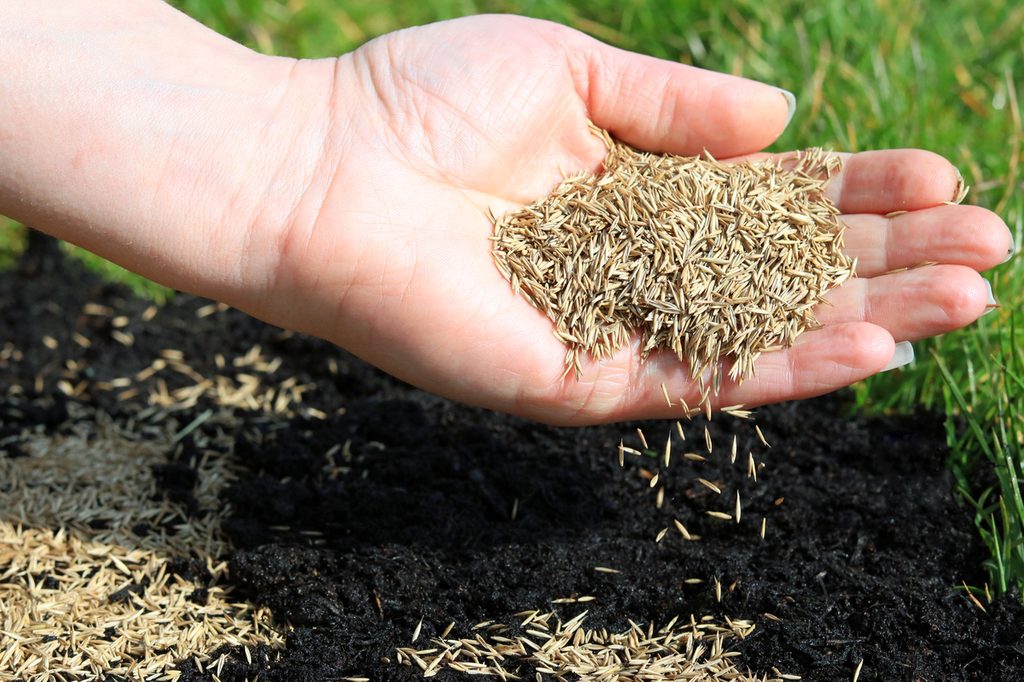
Once you’ve cleared space for new growth, it’s time to replace any grass that may have died over the winter. Spread grass seed across your entire yard to give it a lush, full appearance. To prevent washing away seeds, water the grass or ground before spreading the seeds rather than afterward. You can choose any warm-weather grass you prefer, but if you aren’t sure which to choose, then a few popular options are Bermuda grass, centipede grass, zoysia grass, and St. Augustine grass.
This is also a great opportunity to switch your lawn from grass to another ground cover entirely, or mix another ground cover into your lawn. Lawns made up of multiple plants tend to be healthier, easier to care for, more resistant to pests and diseases, and generally better for the environment. Clover is easy to mix into a grass lawn by either mixing clover seed and grass seed together before spreading or spreading clover seed and grass seed in different areas of your lawn. If you want to replace your grass entirely, then moss, clover, creeping thyme, creeping jenny, and turkey tangle frogfoot are a few options to consider.
Prevent weeds (or let them grow)
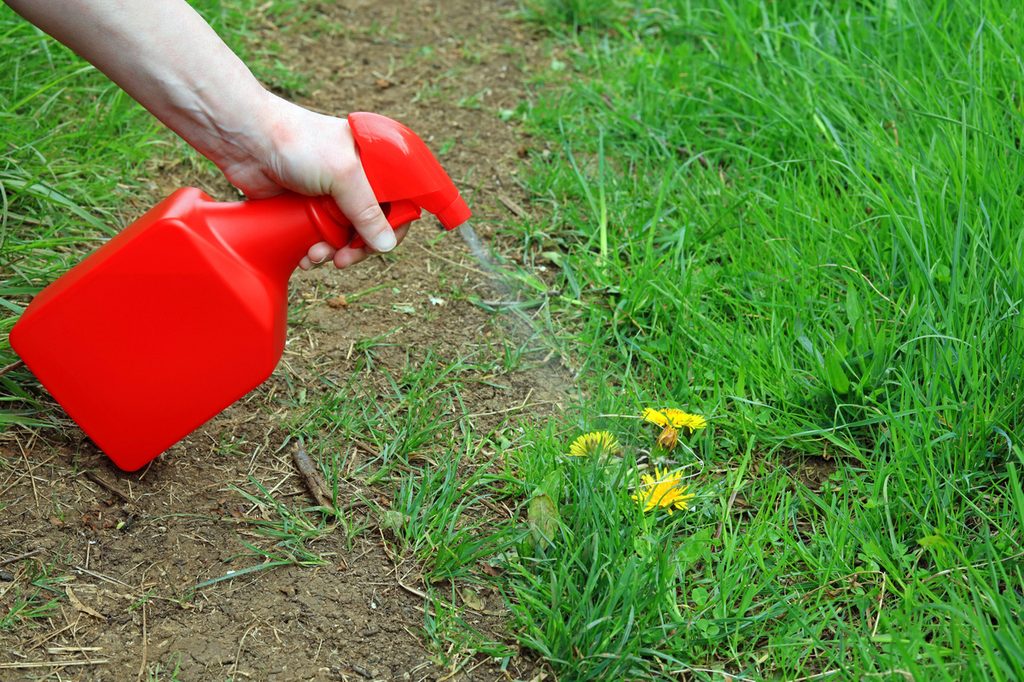
Your grass won’t be the only plant growing as spring sets in. Over the first few months of spring, you can expect to see weeds pop up across your lawn. If you want to prevent this, then now is the time to treat your lawn with a pre-emergent weed killer. However, as we’ve noted previously, a lawn made up of more than one plant is typically healthier.
While some weeds are invasive plants that should be removed, others are native wildflowers that can benefit your lawn. If you want to take a more natural approach, skip the broad-spectrum weed killers and target only the invasive plants in your lawn. Let the native and naturalized plants remain alongside your grass for a mixed plant lawn that’s easier to care for in the long run.
Fertilize your lawn
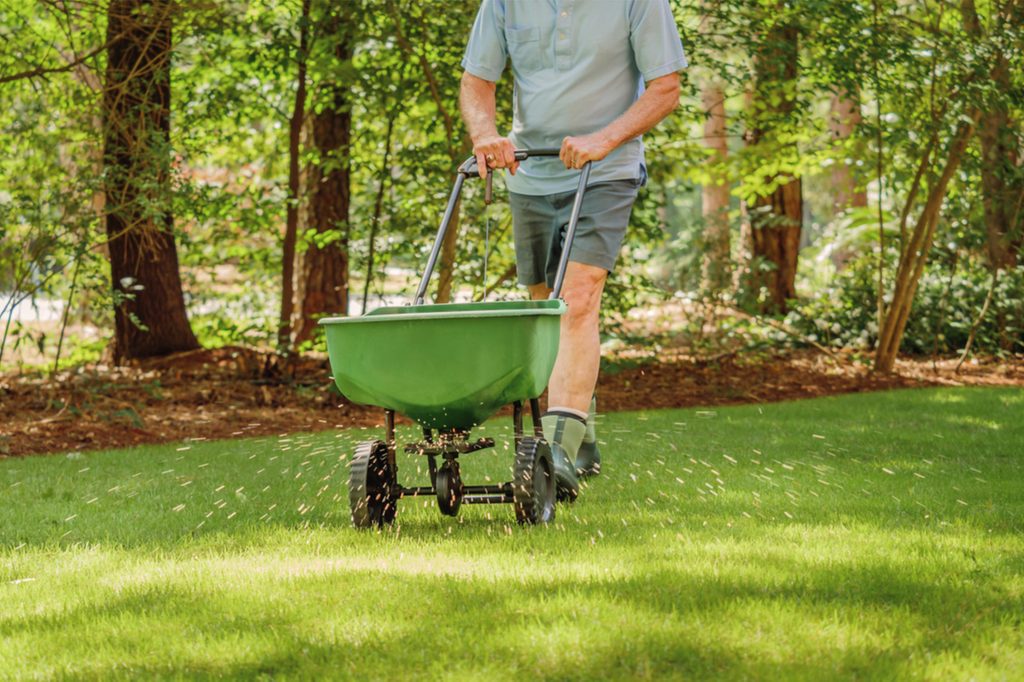
Give your lawn time to wake up and your seeds time to sprout and grow before fertilizing. Spreading fertilizer over the seeds before they’ve sprouted or when they’re still young can damage them and prevent them from growing properly. After seeding your lawn, wait roughly a month and a half to two months to apply fertilizer.
However, if you aren’t planning on seeding your lawn, then you can fertilize it at any time. Early to mid-spring is a great time to give your grass a boost so it can be lush and thick by the time summer arrives.
Getting started on any project can be tough, but these five spring lawn care tips will help you get the jump on your care routine. Remember that lawn care isn’t a race, so take your time and be sure to give yourself breaks as you get back in the swing of things. Before you know it, you’ll have a beautiful lawn that you can be proud of, ready for any cookouts or backyard camping nights you can throw at it!


